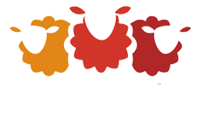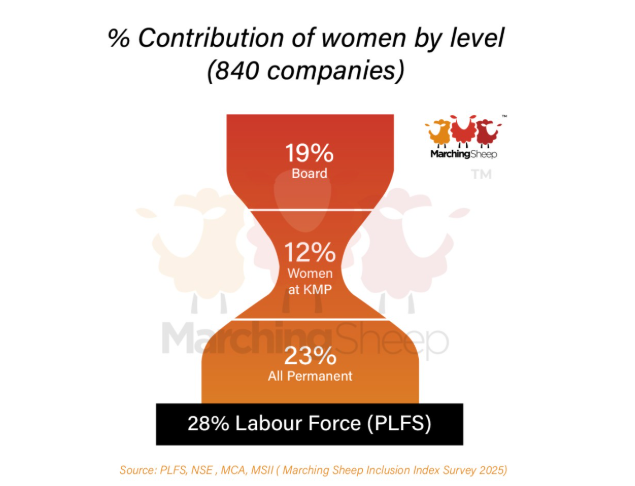My son was born in 2008. Maternity leave in India then was 12 weeks, 84 days, just short of 3 months. As my maternity leave was about to end, I called my manager.
“What do you want?” he asked. My request was simple: continue my pre-maternity role with a few accommodations– first half from office, second half from home. In an era where broadband was just starting, most people worked on desktops, there was no concept of remote work/ work from home; zoom/MS teams did not exist, this was a tall ask.
To my immense relief, My manager got the necessary approvals and made it happen. His ask- don’t let anything fall between the cracks and you are fully accountable for your deliverables. A fair ask.
For three months, it worked. I delivered results, navigated motherhood, and believed balance was possible. Then, leadership changed. The new leader saw not a productive employee adapting brilliantly, but “favouritism.” My consistent performance over 4 years seemed irrelevant. All that was visible was my ‘motherhood status’ and the ‘accommodations’ which were taken away.
It made my continuing to work in the same role difficult. I asked for a role and location change, where I could leave my child in family care. It was a compromise. I did not like the new role, I tried to adjust, but could not and I Quit the organisation I loved.
My story isn’t unique; it’s just an anecdote of how sometimes managers can haemorrhage female talent at the critical mid-career juncture, a phenomenon starkly quantified as the “Hourglass Effect.”
Recent data from the Marching Sheep Inclusion Index 2025 paints a painful picture: while women constitute approximately 22% of junior management in India, they vanish from the pipeline upwards. A staggering 63% of Indian organisations have zero women in Key Managerial Positions (KMPs). Representation resurfaces at the board level, often driven by legal mandates (like the Companies Act requirement for one woman director). But this top-heavy presence is a façade, masking the catastrophic mid-level exodus.
Going deeper into the reasons
The “Primary Caregiver” Presumption: I still recall one statement that my mother-in-law made within the first week of my son being born. I had just nursed him and was longing for a nap. So I told my MIL that I will nap for 30 min, and if she could handle him. She gently told me- He is not just your child. He is everyone’s child. There is only one thing that we cannot do, that is feed him, which you have done. Now he is good for the next 2-3 hours. You go and sleep. Rest everything else, from burping, to changing, to putting to bed, any and every one of us can do.
Those few but meaningful words changed the course of my life. I was a mother, but also a wife, daughter, sister, professional, friend and all these identities are important to me, and if I want to live my life to the fullest, each of these identities need to thrive. And for that, I need to partner with others in my life to shoulder the responsibilities.
Unfortunately, despite strides in education and early careers, deep-rooted gender norms still box women as the default caregivers across many families. This translates into an invisible tax. When familial responsibilities – childcare, eldercare – intensify, often coinciding with the mid-management push, women face an impossible choice. The Economic Survey highlights a devastating statistic: 60% of Indian women aged 15-59 are engaged solely in “domestic chores,” excluded from the paid workforce. Organisations, reflecting societal biases, frequently lack robust support systems (beyond minimal legal maternity leave), assuming women will naturally scale back or leave. Managers, like my second leader, often perceive flexible arrangements not as productivity tools but as undeserved concessions and productivity drain.
Leadership = Masculine Traits: The Perception Trap: Women aspiring to leadership confront a persistent bias associating effective leadership with traditionally “masculine” traits – assertiveness, decisiveness, relentless availability. Women demonstrating these same traits risk being labelled “bossy” or “aggressive,” while those exhibiting collaborative or nurturing styles are often perceived as soft or lacking ‘executive presence’. This creates a double-bind.
Furthermore, the perception that operational roles (often a leadership pathway), especially in manufacturing or heavy industry, are “male domains” (“requires heavy lifting,” “remote locations unsafe”) further restricts opportunities, regardless of actual capability or interest . The “boys’ club” network effect persists, often denying women access to crucial projects and sponsorships essential for advancement.
Growth Demands Gendered Hoops: Relocation, Travel, Endless Hours: Career advancement, particularly into leadership, is frequently gate-kept by requirements disproportionately challenging for women bearing the primary cargiving burden.
I remember, in 2010, I was at a juncture where growth within the same organisation could be achieved only if I took an international role. While it would have been a dream come true for many, I had several familial ties. My father was terminally ill, I had a two year old child and I needed family support, my Mother in law is a single parent, so I chose not to leave the country.
Even now choices around relocations, extensive travel, and an expectation of constant late-night/ weekend availability become insurmountable barriers. Growth becomes tied to these specific, inflexible behaviours rather than pure competence, performance, or results. This system inherently disadvantages everyone, men and women alike, but statistically impacts women more, who cannot simply offload domestic responsibilities. The data shows men at entry level are 2.4 times more likely to be promoted to manager than women, significantly due to these invisible barriers and biases.
This is where structured interventions like She Returns and She Marches becomes critical. They move beyond statistics and models to providing the systemic scaffolding women and organisations need:
She Returns: Systemically Navigating the Maternity Transition: This program tackles the “maternity cliff” head-on. It’s not just about policy documents but about operationalising support. From pre-maternity to post maternity, mapping every touch point, enabling every interaction and building procedural and behavioural capability that ensures wellbeing, retention, growth and productivity of the female employee.
She Marches: Unleashing Potential at Every Level: A journey designed with the help of occupational psychologists and enables participating women talent to take charge of their success goals with confidence and chase them with focus.
The Marching Sheep Inclusion Index data confirms companies with higher gender diversity deliver 50% higher Profit After Tax (PAT). The business case is irrefutable. My story in 2008, and the ongoing exodus of countless talented women, represents a colossal waste of potential – for the women and for Incorporates.
Enough said and written, let’s get to work.



